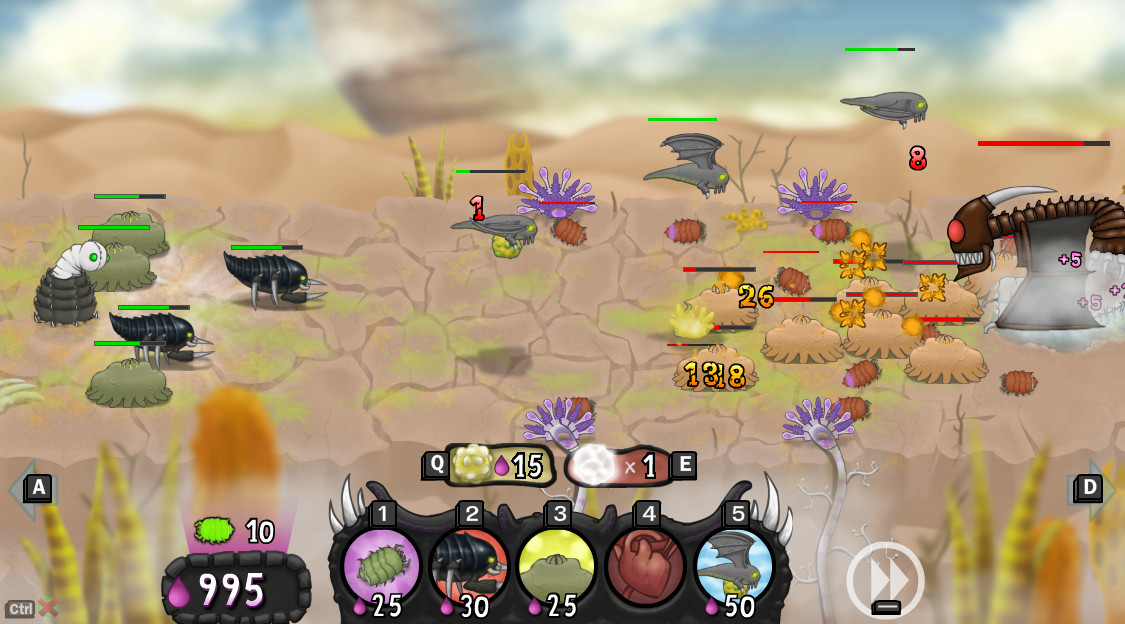
The workers can then help the new queen perpetuate their collective genetic legacy. If the queen is producing hungry, lazy, sterile males, then killing her allows one of her daughters to become a new queen, producing genuinely reproductive male heirs. In a normally functioning colony (one that hasn’t been manipulated for an experiment), this response would be extremely advantageous.

So why did the experimental colonies rise up and kill their new queens? The simplest explanation is that the presence of sterile diploid males, rather than anything about the queen herself, is what causes the workers to assassinate her. They weren’t the mothers of any offspring in either the experimental or control colonies, so there was no reason to think that workers in control colonies were more likely to favour their new queen than workers in experimental colonies. This means we can rule out genetic factors that might have made them more likely to die, or might have made them inherently smell different to workers. The introduced queens in the two kinds of colony were otherwise no different from each other. Queens in colonies containing sterile males mysteriously died about 10 days after those males emerged. They introduced a new, normal, healthy queen to each nest and tracked its activity. They identified colonies with developing sterile diploid males, as well as normal colonies to compare them with. The researchers in the new study looked at the species Scaptotrigona depilis, a member of the stingless bees (Meliponini) native to Brazil. Elichten/Wikimedia Commons Queens with sterile male offspring get assassinated But if by random chance the queen has mated with a male that carries a CSD allele identical to hers, then half her diploid offspring will only have one kind of CSD allele and become male instead of female, effectively halving the workforce of the new generation.Įxisting workers are, understandably, not at all down with that.ĭrama queens.

Normally this sex determination system works fine. But if it has only one allele because it comes from an unfertilised egg, the bee becomes male. If this gene has two different alleles because it comes from a fertilised egg, the bee becomes female. When deciding whether to become male or female, a developing bee’s body looks at just a single gene called the “complementary sex determination” (CSD) gene. They spell disaster for a colony’s survival because they consume resources, cannot contribute to reproduction, and, like all Hymenopteran males, refuse to work. They are formed when a diploid (and so rightfully female) bee’s body is fooled into becoming male. These males are diploid, and usually sterile. Occasionally, though, a rarer and more sinister kind of male appears, over which the queen has no control. After mating, she can choose whether to fertilise any given egg, and so can control how many male and female offspring she has.

The queen mates only once, but stores the sperm for the rest of her life. The queen can produce them without ever mating. But male bees, known as drones, are normally “haploid”, produced from the queen’s unfertilised eggs and carrying one set of alleles.


 0 kommentar(er)
0 kommentar(er)
